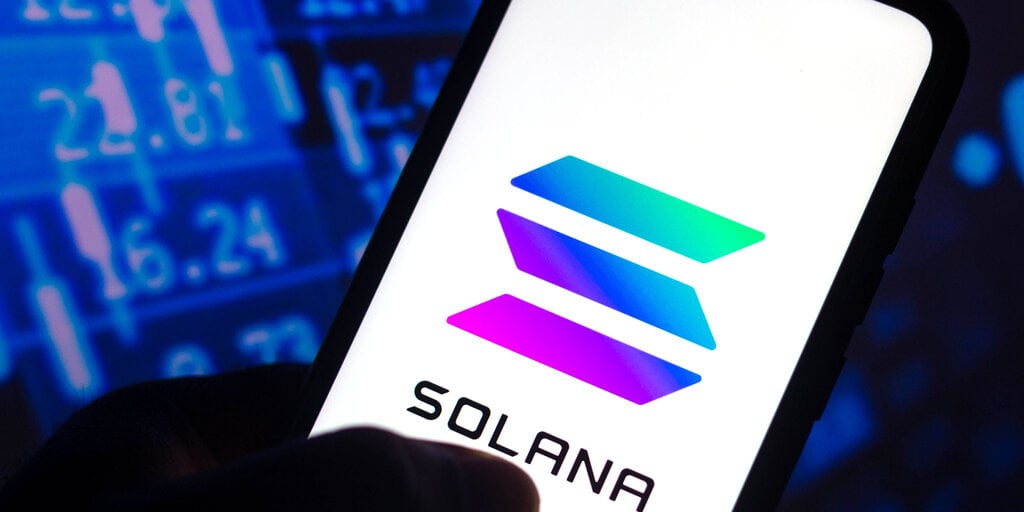Gas fees for transactions on Polygon’s proof-of-stake chain skyrocketed to more than $0.10 or 5,000 gwei on Thursday—rising sharply as the Ethereum scaling solution weathered an apparent influx of inscriptions-related, PRC-20 activity.
As of this writing, Polygon gas fees had plummeted back down to around 270 gwei, according to livdir.com’s Polygon Gas Price Chart. However, before the steep drop, Polygon gas fees had increased 1,000% compared to the same time a day ago, when transactions cost 477 gwei.
“Watch out for that mass adoption incoming, LOL,” a Reddit user named DingDongWhoDis quipped, as several other community members tried to assess the influx of activity.
Gas fees quantify the computational power required to make a transaction on Polygon’s network—1 gwei is equivalent to 0.000000001 MATIC. Several transactions that occurred on Thursday while gas fees were elevated contained JSON text as input data, which resembles text-based inscriptions associated with BRC-20 tokens on Bitcoin.
Dubbed the PRC-20 protocol, it appears a token called POLS was primarily responsible for the influx of activity on Polygon on Thursday. Twitter user @0xhuoshen shared a screenshot of several PRC-20-related transactions back-to-back that sought to “mint” the POLS token.
As of this writing, around 9% of the token’s 2.1 trillion total supply had been minted, according to evm.ink. In total, POLS had 18,100 different owners, as of this writing.
An influx of activity related to Ordinals on Bitcoin sent transaction fees on Bitcoin to multi-year highs earlier this year, as fervor for “minting” or claiming BRC-20 tokens surged. Eventually, transaction fees came back down, but they have since risen again—albeit, not as much—amid renewed Ordinals activity, according to data from Ycharts.
BRC-20s, an experimental class of tokens, were pioneered by the pseudonymous data analyst Domo in March. Other developers have sought to replicate the BRC-20 standard on other networks, such as Ethereum, with the introduction of Ethscriptions.
“The inscriptions-based token wave cannot be stopped,” Tom Lehman, co-founder of Ethscriptions told Decrypt. “I do wonder the purpose of this on Polygon, where transaction fees are so low. Then again, I also wondered about the purpose of it on Ethereum.”
When Domo developed the first BRC-20 token, the analyst took inspiration from the ERC-20 token standard on Ethereum. Initially proposed in 2015, the standard set of rules outlined a vision for fungible tokens on the network, which is used for tokens like the stablecoin Tether.
Some Bitcoiners have taken matters into their own hands recently, with regards to BRC-20 activity. Named the Sophon, a pseudonymous developer’s bot derailed hundreds of newly created BRC-20 tokens on Bitcoin in October.
Stay on top of crypto news, get daily updates in your inbox.
Source: https://decrypt.co/206415/polygon-version-of-bitcoin-ordinals-sends-gas-fees-skyrocketing



